Changing History to HERstory: Pioneers and Explorers
In a world where history has mainly been written by men, about men - a tendency that still exists today - Kat Shaw decided to change the story.
In her 'Changing History to HERstory' Exhibition, launched to mark International Women's Day 2021, Kat's works were all inspired by women who have made a difference - whether that difference has been noticed during their life, after their death, or very little at all.
You can follow the links on the exhibition's homepage to discover the story of all 57 women.
Here, we focus on the Pioneers and Explorers among them.
Amelia Earheart
Amelia Mary Earhart (1897 – 1937) was an American aviation pioneer and author: a woman with grit, determination and a dream. She was only the 16th woman to be issued a pilot’s license.
On 18th June 1928, she achieved her dream of becoming the first female pilot to fly across the Atlantic Ocean (3875 km) solo. The dangerous journey had only ever been completed solo once before by a man and many others had died attempting it.
Her record-breaking flight wasn’t easy, as she flew into a storm near Paris, where she was initially supposed to land. This caused mechanical issues and she thought fast, changing course to land safely in Londonderry, Northern Ireland after a 14-hour, 56-minute flight.
Earhart set many other records too, and wrote best-selling books about her flying experiences, including The Fun of It: Random Records of My Own Flying And of Women In Aviation. She was also instrumental in the formation of The Ninety-Nines, an organisation for female pilots.
In 1937, Amelia and her plane mysteriously disappeared while flying over the Pacific Ocean during her attempt to be the first woman to fly around the world. Despite a huge rescue attempt, she was never found and was pronounced legally dead 2 years later.
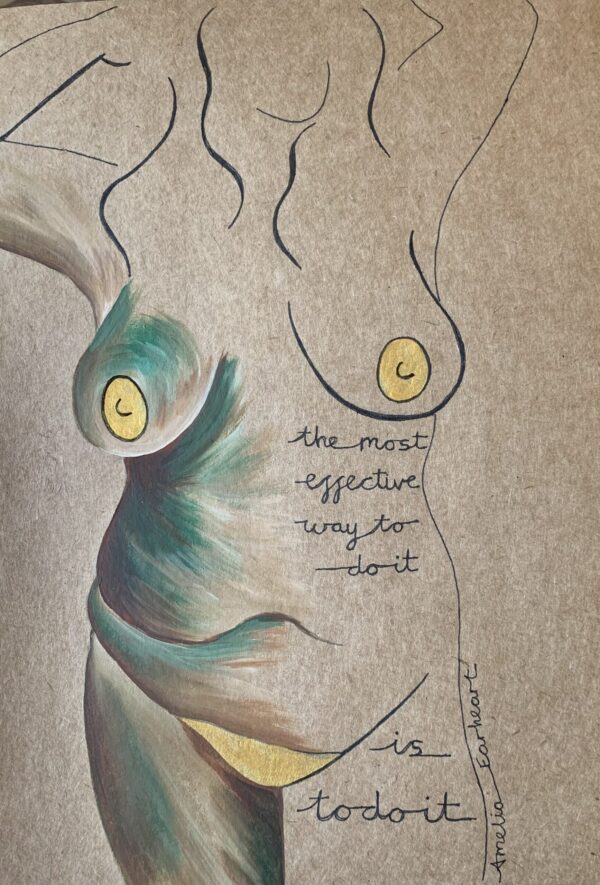
"The most effective way to do it, is to do it.”
“Never interrupt someone doing something you said couldn’t be done.”

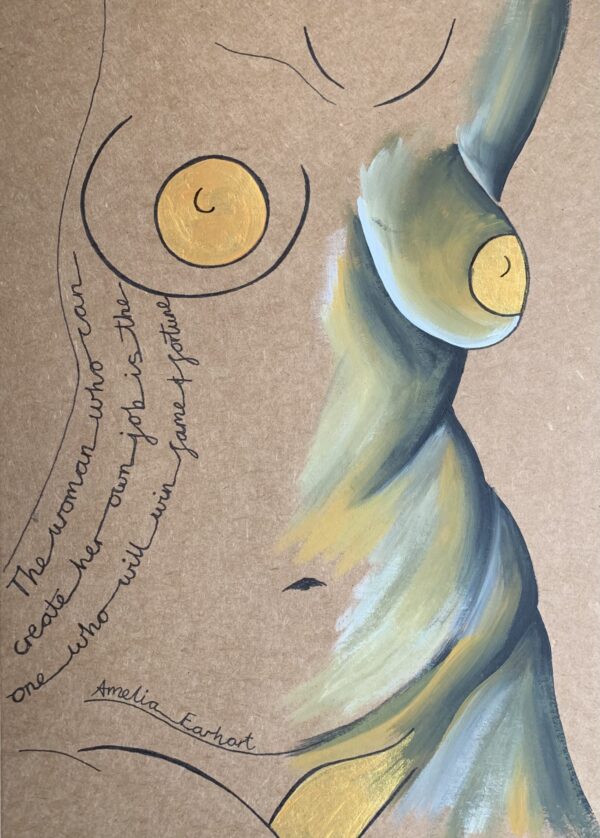
“The woman who can create her own job is the one who will win fame and fortune.”
“We have the choice to use the gift of our life to make the world a better place – or not to bother."
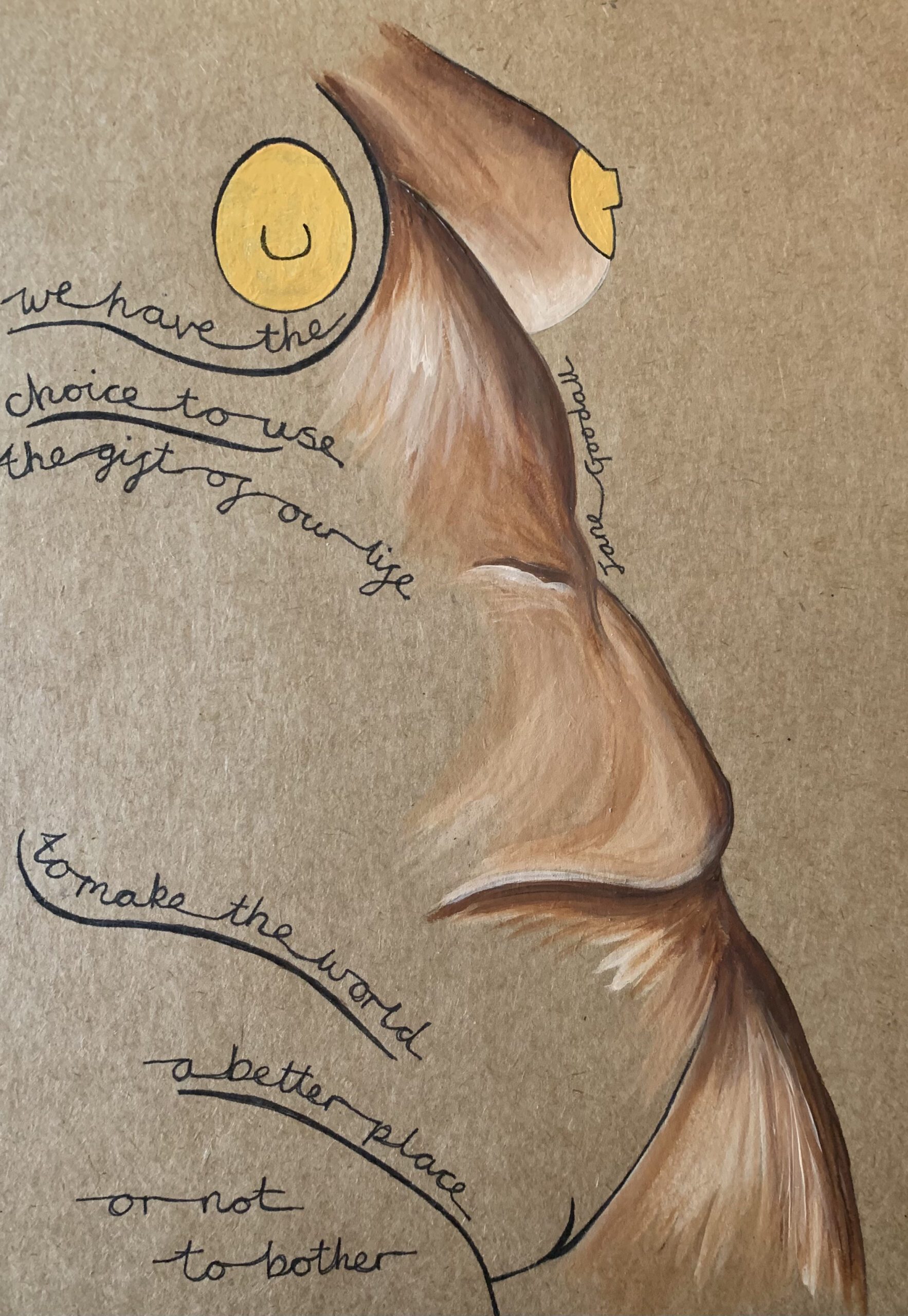
Jane Goodall
Dame Jane Morris Goodall DBE (born on 3rd April 1934), is an English primatologist and anthropologist. In July 1960, at the age of 26, she travelled from England to what is now Tanzania and ventured into the little-known world of wild chimpanzees. She began studying them in the Gombe Stream National Park of Tanzania, and her extensive research (which spanned almost 60 years) has provided some of the most
groundbreaking insight into the minds and social lives of chimpanzees.
When Jane Goodall entered the forest of Gombe, the world knew very little about chimpanzees, and even less about their unique genetic kinship to humans. She took an unorthodox approach in her field research, immersing herself in their habitat and their lives to experience their complex society as a neighbour rather than a distant observer.
“Every individual matters. Every individual has a role to play. Every individual makes a difference.”
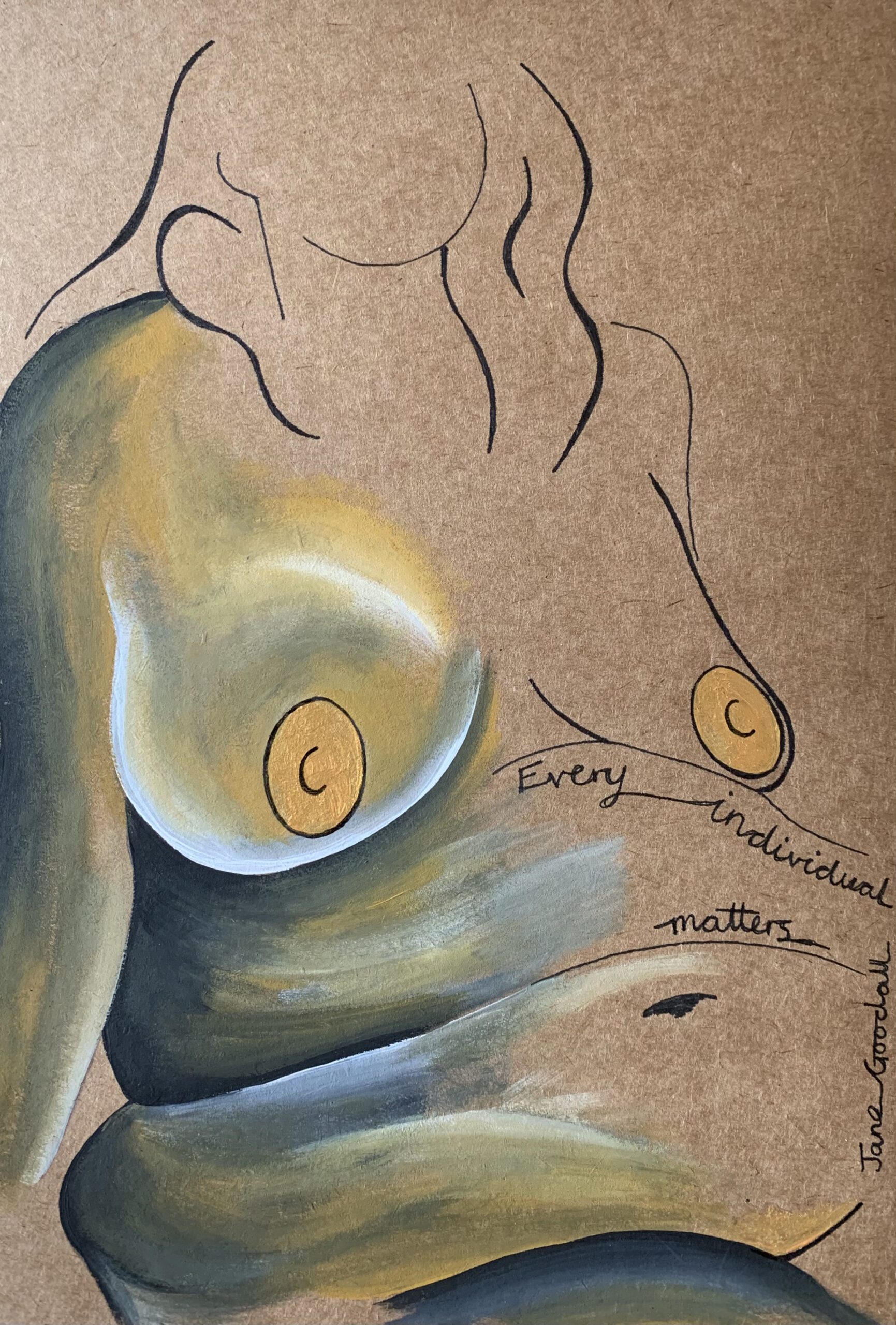
She came to understand them not only as a species, but also as individuals with emotions and long-term bonds. Dr. Jane Goodall’s discovery in 1960 that chimpanzees make and use tools is considered one of the greatest achievements of twentieth-century scholarship. Her field research at Gombe transformed our understanding of chimpanzees and redefined the relationship between humans and animals in ways that continue to emanate around the world.
The primatologist and anthropologist went on to found the Jane Goodall Institute in 1977 as well as the Roots and Shoots program in 1991 to encourage wildlife conservation efforts. She is desperate to raise awareness of the urgent need to protect chimpanzees from extinction. Jane travels the world, speaking about the threats facing chimpanzees and environmental crises, urging each of us to take action
on behalf of all living things and the planet we share.
Hedy Lamarr
Hedy Lamarr was an Austrian-American actress and inventor.
Hedy was originally Hedwig Eva Kiesler, born in Vienna, Austria in 1914 to a prosperous Jewish family. As an only child, Lamarr was the centre of attention for her father, who shared his curiosity and knowledge about the world around him, He took her on long walks and explained how things worked, such as printing presses and trams. From around 5 years of age, Hedy became fascinated by taking things apart to find out how they worked, such as her music box. Meanwhile, from her mother, a concert pianist, she gained an appreciation of the arts and took ballet and piano lessons.
Hedy was 'discovered' by director Max Reinhardt at age sixteen, and suddenly she was solely appreciated for her beauty rather than her mind. She studied acting with Reinhardt in Berlin and was in her first small film role by 1930. However, it wasn’t until 1932 that she gained recognition as an actress for her role in the controversial film, Ecstasy.
Shortly afterwards, in 1933, she married Austrian munitions dealer, Fritz Mandl, who had become a fan after watching her in a play, Sissy. The marriage was short-lived. She once said, “I knew very soon that I could never be an actress while I was his wife … He was the absolute monarch in his marriage … I was like a doll. I was like a thing, some object of art which had to be guarded—and imprisoned—having no mind, no life of its own.”
She was very unhappy but finally escaped Mandl’s grasp in 1937 by fleeing to London - armed with her knowledge gained from dinner-table conversations about wartime weaponry.
“I can excuse anything except boredom.”
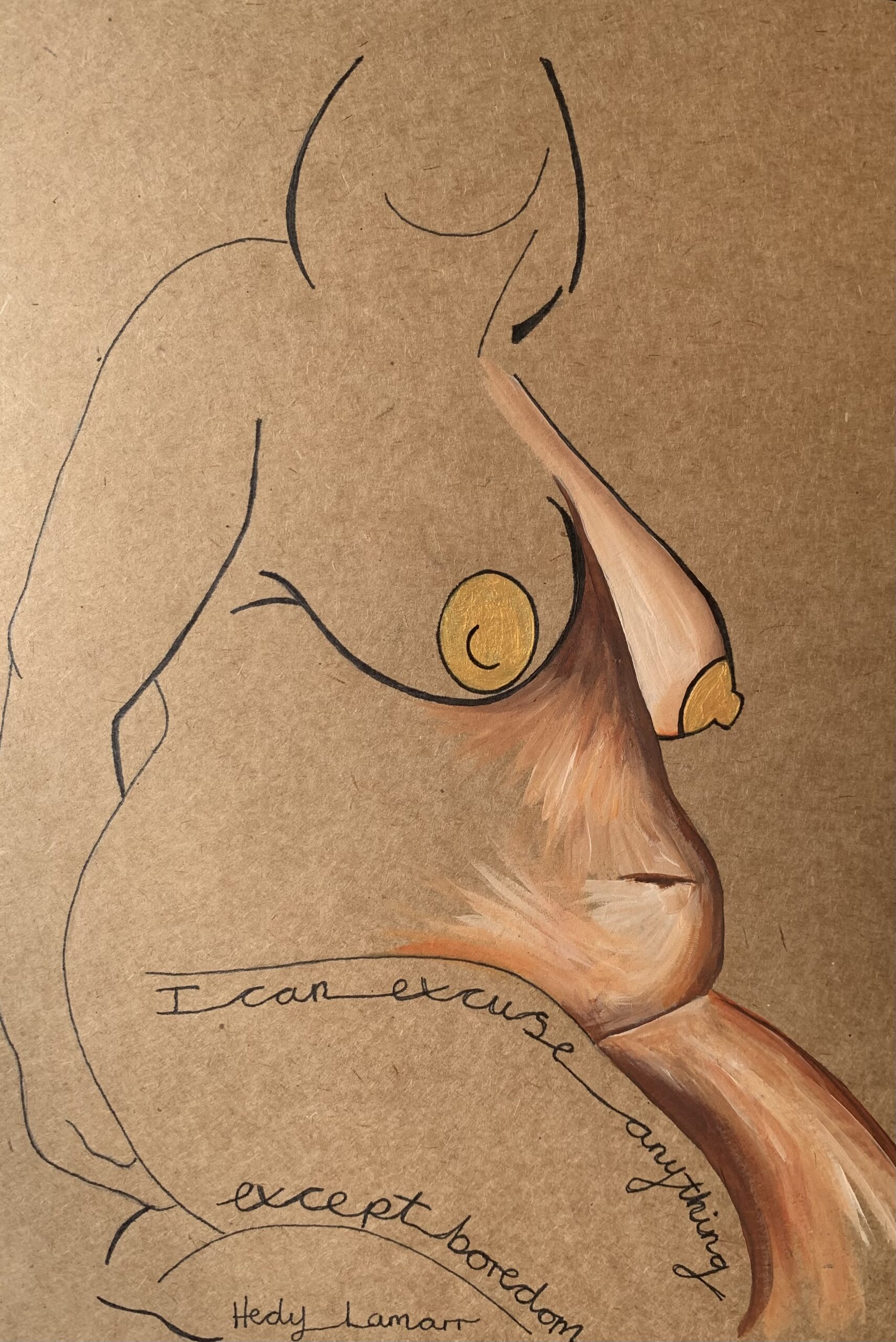
While in London, Lamarr’s luck turned when she was introduced to Louis B. Mayer from MGM Studios, which gave her an introduction to Hollywood. She entranced American audiences with her grace, beauty, and accent. Among the fascinating people she meant in Hollywood was businessman and pilot Howard Hughes.
Lamarr dated Hughes but she was most focused on his ambitions as an innovator. Her association with him brought her scientific mind to the fore once again, doing experiments in the trailer while on set with a small set of equipment he had given her. Hughes took her to his factories, showing her how the aeroplanes were built, and introduced her to scientists. Hughes wanted to create faster planes for the US military and Lamarr bought books on fish and birds to study how they achieved speed. Inspired by the fins and wings of the fastest of these creatures, she sketched a new wing design for Hughes’ planes, who told her, “You’re a genius.” Lamarr did not think of herself as a genius, however, and once said, “Improving things comes naturally to me.” She went on to design an improved stoplight and a tablet that dissolved in water to make a Coca-Cola-like fizzy drink. However, her most significant invention was created as the US prepared to enter World War II.
In 1940, Lamarr met George Antheil - another quirky entrepreneur. During her marriage to Mandl had given her an understanding of munitions and weaponry, and she began to work on ideas in this area with Antheil. began to tinker with ideas. They invented an amazing new communication system for torpedo guidance. The system used 'frequency hopping'; both the transmitter and receiver would 'hop' to new frequencies, preventing the interception of the radio waves so that the torpedo could reach its intended target.
However, Lamarr didn't receive any award for her work for many years. She would have to wait until 1997, when the Electronic Frontier Foundation jointly awarded Lamarr and Antheil with the Pioneer Award. Lamarr was also the first woman to receive the Invention Convention’s Bulbie Gnass Spirit of Achievement Award.
“The most dangerous phrase in the language is: it’s always been that way."
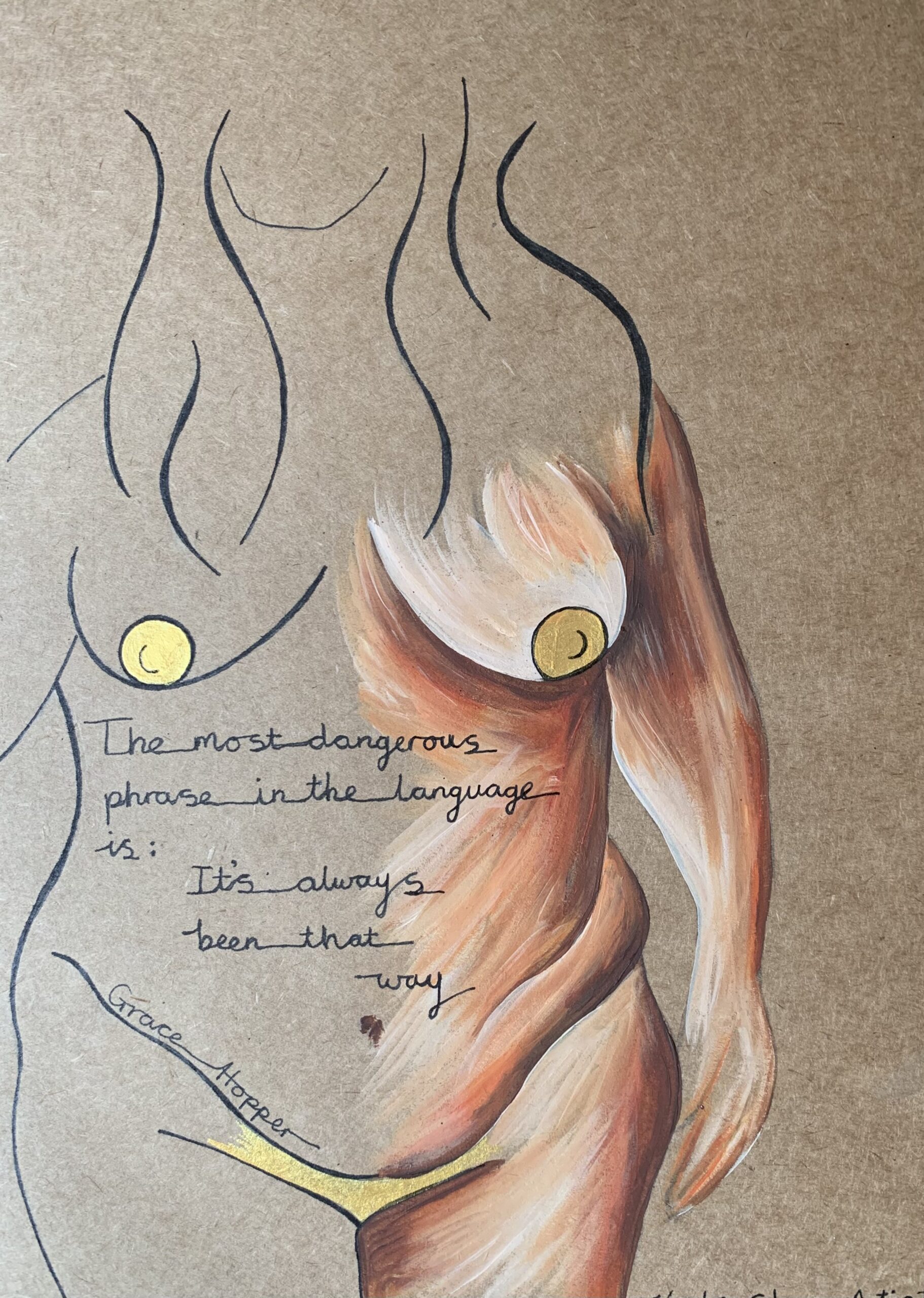
Grace Hopper
Grace Murray Hopper (1906 – 1992) was a curious child who showed an early interest in engineering. One of her childhood hobbies was taking apart household items and putting them back together.
Hopper earned her Master's and PhD in Mathematics from Yale – a very rare accomplishment for a woman at the time. After joining the Navy WAVES (Women Accepted for Voluntary Emergency Service), she was commissioned as a Lieutenant (Junior Grade) in 1944 and assigned to Harvard University's Bureau of Ordnance Computation Project. Her team were working on an early prototype of the electronic computer - Mark I. They coined the now-familiar word 'bug' to describe a computer malfunction.
After World War II, Hopper first worked as a research fellow at Harvard faculty and then joined the Eckert-Mauchly Corporation. Here, she again did groundbreaking work in computer technology, helping to create the first all-electronic digital, UNIVAC. She also invented the first computer compiler, a program that translates written instructions into computer code. This in turn led her to co-develop COBOL, one of the first standardised computer languages, which allowed computers to respond to words, not just numbers.
During this time, Hopper also lectured widely, delivering up to 300 lectures per year. One of her statements at this time would have been hard to believe, but it turned out to be a very accurate forecast: she predicted that computers would one day fit on a desk and be used widely in everyday life - not just by programmers.
Hopper retained her connection with the Naval Reserve throughout her career. By 1966, when she retired, she held the rank of Commander, but she was called back to standardise the Navy's computer languages a year later.
In 1973, Hopper became the first woman to be named a distinguished fellow of the British Computer Society - and she was still progressing through the ranks in the Navy, eventually becoming a Rear Admiral in 1985. Two years later, she was awarded the Defense Distinguished Service Medal, the highest decoration that can be awarded to non-combatants.
At the age of 79, she was the oldest officer on active U.S. naval duty when she retired, this time permanently. in 1986. She was awarded the National Medal of Technology in 1991, and said at the time that the accomplishment she was most proud of was all the young people she had trained over the years, which she said was "more important than writing the first compiler.”
She died in 1992 and was posthumously awarded the Presidential Medal of Freedom in 2016.
Marie Curie
Marie Skłodowska Curie (1876 – 1934), born Maria Salomea Skłodowska, was a physicist and chemist. She is famous for her pioneering research on radioactivity.
Curie was born in Warsaw on 7th November 1867. Her father, who taught at a secondary school, supplemented her school education with scientific training. She became involved in a students’ revolutionary organisation and in 1891, she left Poland for the Sorbonne in Paris to continue her learning. There, she won awards in Physics and the Mathematical Sciences and met Pierre Curie, a Professor in the School of Physics, whom she married in 1895.
She succeeded her husband as Head of the Physics Laboratory at the Sorbonne and gained her Doctor of Science degree in 1903. On Pierre's death, Curie took over his role as Professor of General Physics in the Faculty of Sciences - the first woman to be appointed to the role - and became Director of the Curie Laboratory in the Radium Institute of the University of Paris, founded in 1914.
In the early years of the research she undertook with her husband, they had poor laboratory facilities and both had to undertake extensive teaching commitments to make a living. But they were inspired by Henri Becquerel's discovery of radioactivity in 1896, and their own studies led to the isolation of polonium, named after the country of Marie Curie's birth, and radium. Curie also developed methods to separate sufficient quantities of radium from radioactive residues for research purposes, ensuring its properties could be studied.
“Have no fear of perfection, you will never reach it.”

Its potential therapeutic properties were of particular interest. These achievements earned her great respect from scientists worldwide. She was also awarded many honorary science, medicine and law degrees. together with honorary memberships of learned societies around the world.
She and her husband Pierre received the Davy Medal of the Royal Society in 1903, and in the same year, shared half of the Nobel Prize fund for Physics in 1903 (with Henri Becquerel himself as the winner of the other half). In 1911 she was the sole winner of the Nobel Prize in Chemistry and in 1921, President Harding of the United States, presented her with one gram of radium in recognition of her service to science, purchased with the contributions of American women.
She spent the rest of her life predominantly studying medical uses of radioactivity and the development of x-radiography with her daughter Irene. Today, Marie Curie is most remembered and celebrated for laying the groundwork for the use of radioactivity in diagnosis and cancer treatment.
Florence Nightingale
“Live life when you have it. Life is a splendid gift – there is nothing small about it.”
Florence Nightingale (1820 – 1910) was a nurse whose caring nature, innovative practices and leadership made her famous. She gained the affectionate nickname 'The Lady with the Lamp'.
Florence Nightingale was born in Florence, Italy, to wealthy English parents who took her back to England in 1821. Her father gave her a comprehensive education at home, but despite her intelligence and diligence, she was expected, like other women of her station, to marry while still young rather than pursue a career.
However, in her teenage years, she became involved in philanthropy, caring for local people struggling with sickness or poverty. By 16, she believed God had called her to become a nurse. Nursing wasn't a respected profession and initially, her parents refused to give her permission to pursue it. But by 1844, she had announced that nursing would be her life.
She travelled extensively over the next decade, and while in Rome in 1847, she met Sidney Herbert, the former Secretary at War, who was on honeymoon with his new wife. They became lifelong friends.
In the early 1950s, she began nursing at the Institute for the Care of Sick Gentlewomen in Upper Harley Street, London and was eventually promoted to Superintendent. However, she wasn't to have a long career there. The Crimean War began in 1953, and soon, newspapers were full of tales of the terrible conditions in which injured soldiers were living.
“There is nothing small about life.”
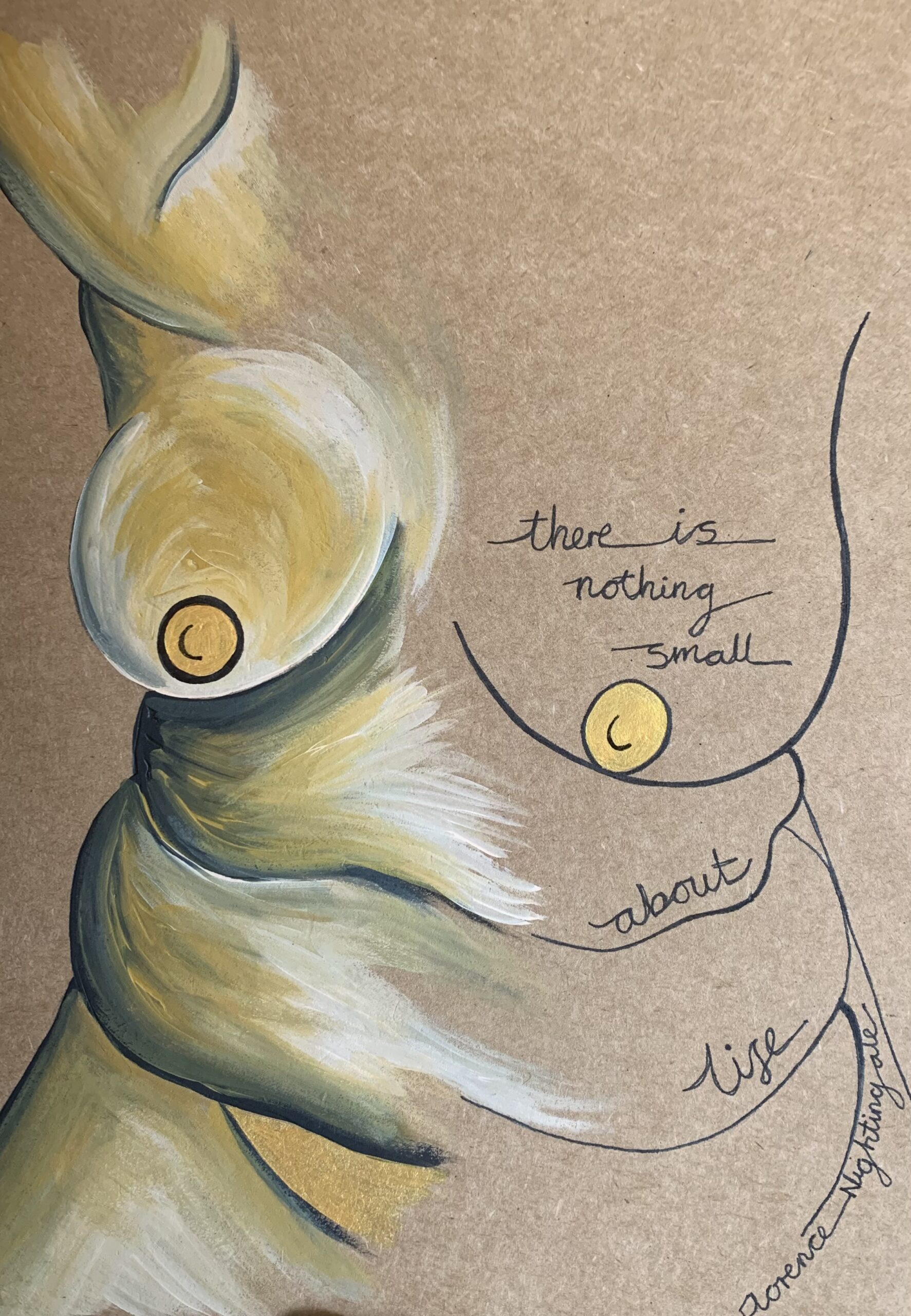
In 1854, Nightingale was recruited by her old friend Sidney Herbert to lead a group of 38 nurses to Crimea. When they arrived at the British camp outside of Constantinople, they received a frosty reception from the doctors, who weren't keen to work with female nurses. But they were much needed; supplies were low, hygiene was terrible, and the staff was overworked. The soldiers were as much in danger from infections and infectious diseases as they were from their injuries.
It was in the Crimea that Nightingale got her 'Lady with the Lamp' nickname, as she patrolled the wards at night, checking on her patients. Within a few months, she and her team transformed the care of the wounded and the survival rate increased dramatically. Her reports back to Britain resulted in a new prefab hospital designed by Isambard Brunel and a visit from the Sanitary Commission to improve ventilation and sanitation.
On her return to London, Nightingale continued to improve hospital conditions. She presented her findings and data to Queen Victoria and Prince Albert in 1856, prompting them to form a Royal Commission to improve the health of the British Army.
So skilled was she at statistics that in 1858 she was elected as the first female member of the Royal Statistical Society. A year later, she helped to set up the Army Medical College in Chatham and published Notes on Nursing: What it is, and What it is Not. Her book provided guidelines for patient care and safe hospital environments.
The Nightingale Fund had been established in 1955 to allow her to continue training nurses. This helped to fund the Nightingale Training School at St. Thomas’ Hospital, which opened in 1960.
Sadly, Nightingale was often ill herself in her later years, but she continued to advocate for safe nursing practices until she died in 1910, and her legacy remains strong. The International Committee of the Red Cross created the Florence Nightingale Medal in 1912, which is awarded for nursing excellence every two years, and International Nurses' Day has been celebrated on her birthday since 1965.
"I am in a charming confusion.”
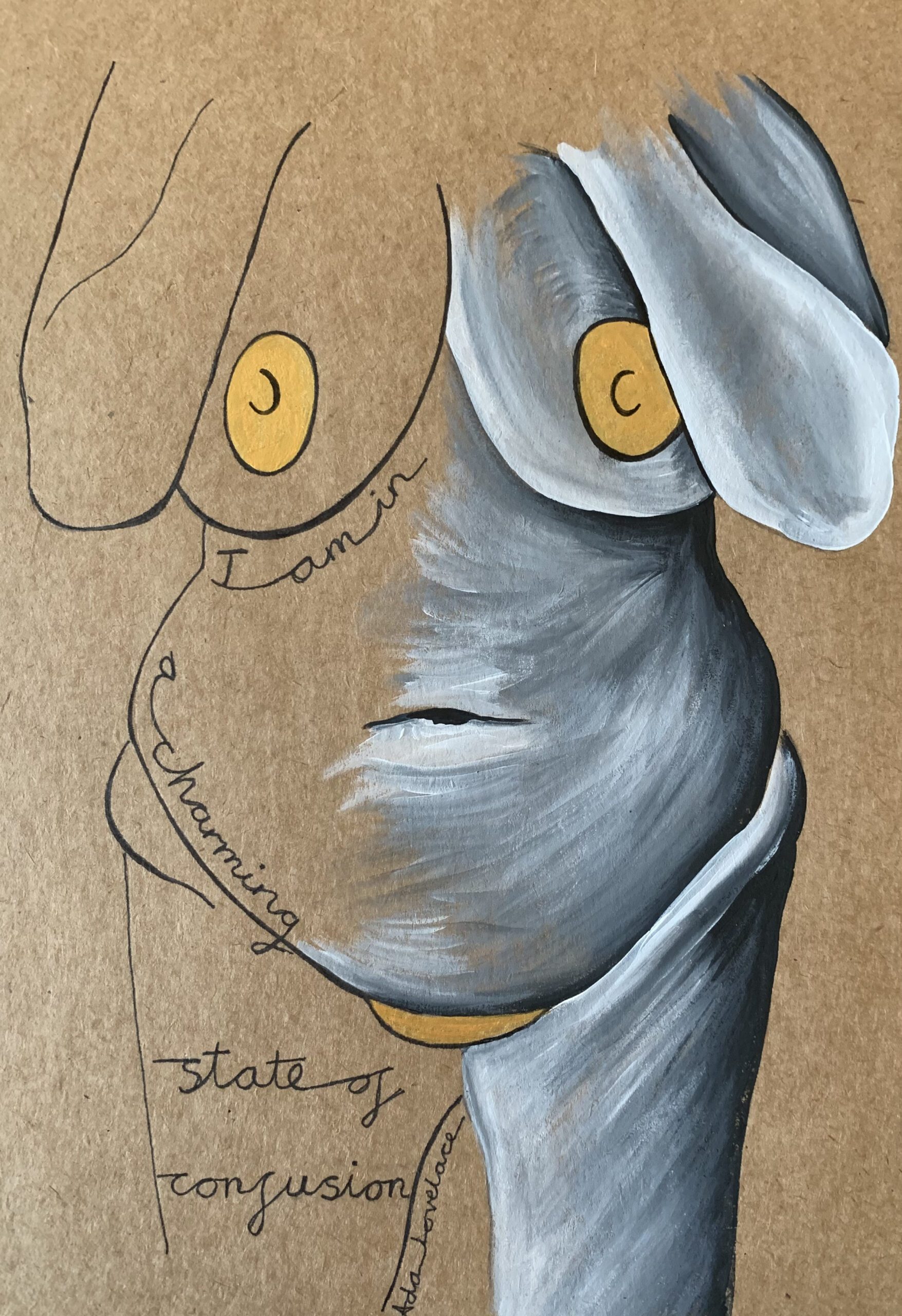
Ada Lovelace
Ada Lovelace was born in 1815 to the poet, Lord Byron, and Anne Milbanke. The couple separated shortly after Ada’s birth and Byron departed for Greece soon after; Asa never saw her father again and he died when she was 8 years old.
Lady Anne Byron was keen for her daughter to learn mathematics and science, hoping to balance Ada’s father’s wild and poetic tendencies with these more rigorous, orderly subjects—which women rarely studied at this time. When Ada was 17, she met and befriended Charles Babbage, a mathematician and inventor, often called the ‘father of the computer’ today. Babbage took on the role of mentor and arranged for Ada to study advanced mathematics with Augustus de Morgan, a professor at the University of London. Babbage was still working on his Difference Engine, an elaborate calculating machine that operated by the method of finite differences, and Ada had the chance to study it before it was finished. She was fascinated by the machine and Babbage’s ideas. When Babbage also began plans for the Analytical Engine, designed to handle more complex calculations, Ada added her own thoughts and ideas
In 1835, Ada married William King, ten years her senior, and became Countess Lovelace when he inherited an Earldom in 1838. They went on to have three children, but Ada continued to be captivated by mathematics, logic and ‘computing’, and it seems her husband was happy for her to follow her interests.
Although Babbage had been unable to get Parliamentary funding for a second machine while the first was still unfinished, he found support abroad.
Italian mathematician Louis Menebrea published a memoir in French on the subject of the Analytical Engine. In 1842, Babbage enlisted Ada to translate the memoir, and during nine months in 1842-43, she produced a set of notes three times longer than the original work.
In these notes, Ada showed that she not only understood the Analytic Engine as well as Babbage did but also saw its full potential in a way he did not. She explained how the Engine could be coded to process letters and symbols along with numbers, and proposed a method by which it could repeat a series of instructions. This process is known as ‘looping’ in computer programming today, and Ada’s brilliant insights in these notes are the basis of her fame—and why she is often called ‘the first computer programmer’. Ada’s work was published in 1843, in an English science journal.
Sadly, after a decade where notable for her gambling and rumours of affairs rather than further academic progress, she died from uterine cancer in 1852 at just 37 years old. However, her work has not been forgotten. In 1980, the U.S. Department of Defence named a newly developed computer language ‘Ada,’ in her honour, and the second Tuesday in October is now Ada Lovelace Day, celebrating women’s contributions to science, technology, engineering, and mathematics.
















